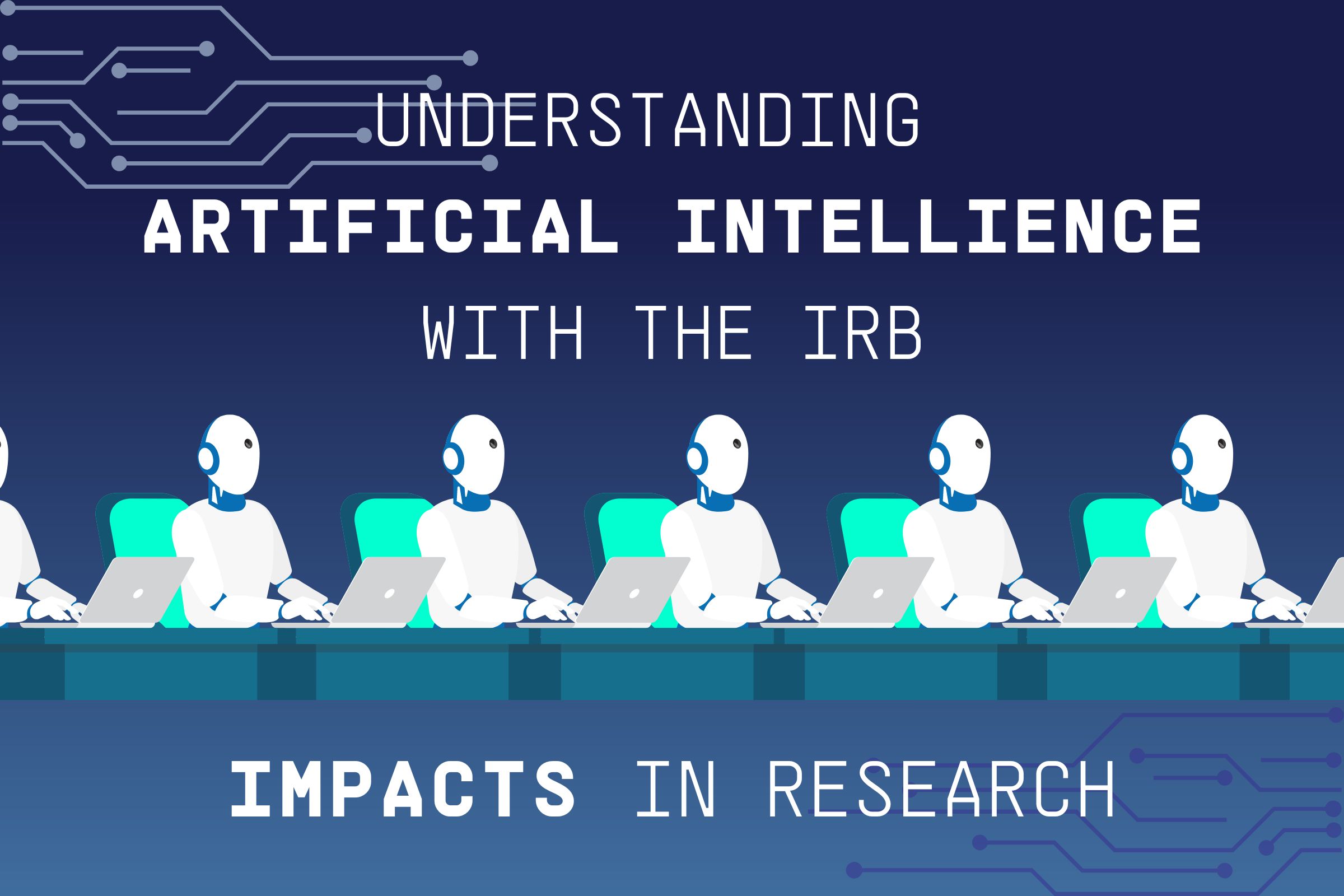INSIGHTS INTO TECHNOLOGY AND ARTIFICIAL INTELLIGENCE
At first glance, AI may fit best with technology and computer science but it can produce different effects when interacting with other disciplines. Organizations of all kinds are recognizing the many opportunities AI will provide them. As education practices are constantly evolving, the NYC Department of Education (DOE) is currently developing guidelines on the usage of new technologies, including AI tools, to enhance the learning experience (Gutiérrez, 2023). While technology has always aided humans in their work, the latest AI-based machines tend to be fast, rational, and reliable; they simplify data and generate compiled information in a matter of seconds (De Cremer & Kasparov, 2021). Thus, this becomes an attractive tool for researchers who wish to save time on mundane tasks.
INDUSTRIES INVOLVED WITH AI
Psychology: In psychology clinics, AI is being used to complete administrative tasks (i.e., note-taking) that are reviewed and approved by human clinicians. Currently, these tools are unable to operate alone as they may fail to recognize patients’ nuances and contextual data. The goal is to provide another option for affordable and accessible mental care (Abrams, 2023).
Health: Up until recently, studies that solely focused on AI research were deemed as non-human subjects research by the IRB. However, as technology continues to develop, machines may eventually work alongside human researchers and physicians. One example of this is robotic-assisted surgeries, which raise ethical questions about the quality of care and safety for patients undergoing treatment (Young, 2023). Whether AI is in the form of a digital tool or a machine, there could be extreme consequences to human health and safety if there are no proper rules and regulations in place (Eto, 2022). Researchers engaged in technology centered domains may offer insights into how these machines best operate in these domains.
Education: AI assistants are becoming more present in the classroom. Conversational technologies, similar to Siri and Cortana, may aid teachers in correcting spelling and grammar, essay writing, and providing language support for students with disabilities and/or who are multilingual (Office of Educational Technology, 2023).
THE HUMAN SIDE OF AI
Researchers use surveys to collect data from generalized populations. However, not all the participants may be human. Without protections or measures in place, bots can be rampant in research studies and may pose (or present) as humans. Though the goal of a bot engineer may vary, bots may be more frequent in studies with compensation for the study’s completion. While bots are relatively easy to identify and be eliminated from the response pool, this effort takes time to process, especially for studies with high response rates. For researchers at TC, the Bots and Online Human Subjects Research blog may offer strategies for researchers to prepare for potential bot encounters.
AI and biases: Despite being a machine, AI still retains a human element. Though seemingly easier to control, AI can develop its own biases. The data taken from people’s morals, values, and assumptions can influence the algorithm of the AI (Abrams, 2021). Though not perfect, some argue that AI can create human-like responses. Researchers have become interested in using generative AI to form an “everyone” response to their studies. Rather than using online survey participants, who can be inconsistent in their responses, AI can generate a series of responses that can provide direction to the researchers (Hutson, 2023). In the future, it may become more difficult for researchers to identify who is and is not a human subject in online studies.
AI as human participants: Researchers are interested in using AI as a participant stand-in to save resources and design research studies. Benefits include conducting tests that have more risk or working with a population that is difficult to study (Hutson, 2023). However, AI bots have already been found to infiltrate online surveys. By pretending to be human participants, they are typically programmed to complete these studies quickly to receive compensation. This forces the researchers to pay for valueless data. To protect online research from bots, please read Bots and Online Human Subjects Research.
AI as researchers: Though AI can act as study participants, researchers are also interested in using AI as study staff. These programs may be able to support administrative tasks (i.e., Elicit). Generative AI tools can pull information from all kinds of resources and recognize patterns, which may assist PIs in comprehending certain populations that are not represented in online databases (Lim, 2023). Gratch & Fast (2022) share that AI assistants can also be powerful tools in assisting research studies but may introduce unethical behavior if participants are aware that the researcher they are communicating with is an AI. Thus, AI can provide direction for researchers and their studies, but there is no guarantee that it has the skills to navigate sophisticated roles or handle unethical behaviors. Researchers are aware that technologies have not fully grasped the human mind as most people have the innate ability to create, emphasize, and relate to the information they learn about (De Cremer & Kasparov, 2021), especially with human researchers.
TRANSPARENCY
The ethical considerations of AI in research labs are still in development (Office for Human Research Protections [OHRP], 2022). As researchers must be transparent to participants about protecting their anonymity and confidentiality, research studies must be conducted using stable and safe technologies. Though these tools sound like great solutions to reduce human labor without sacrificing quality, AI should never be a replacement for actual human work. Current AI tools may not guarantee safety and authenticity, as many are still in the testing and development phase. Their ability to understand human behavior is still quite limited, even with the extensive data they currently have. Thus, rather than relying too heavily on AI or dismissing it altogether, human PIs and machine AIs should work together to use their strengths to create a more efficient research experience.
